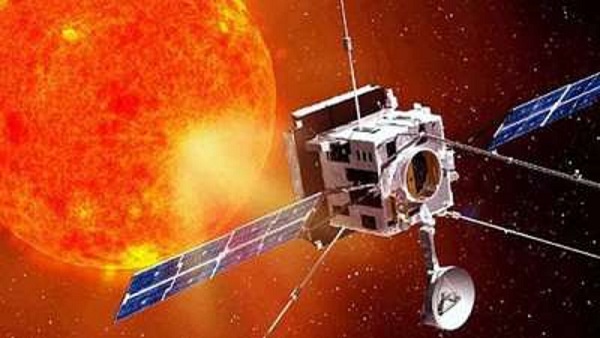Bengaluru: Aditya L1, the Indian Space Research Organisation’s (ISRO) maiden solar mission, successfully entered its final maneuver to reach its destination and was injected into its final orbit on Saturday.
ISRO chief S Somanath told news agency ANI on Monday “Aditya-L1 is going to reach its L1 point on January 6 at 4 pm and we are going to do the final maneuver to keep it there.”
Launched on September 2 last year, the spacecraft has undergone four earth-bound maneuvers and a Trans-Lagrangean Point 1 Insertion (TL1I) maneuver, all successfully.
The mission aims to observe the Sun’s corona and understand its extreme heat from a halo orbit around the first Sun-Earth Lagrangian point (L1), which is located roughly 1.5 million km from the Earth.
The Lagrange Point is a unique region where gravitational forces between the Earth and the Sun reach equilibrium. While absolute neutralization is not achievable due to the influence of other celestial bodies such as the Moon, Mars, and Venus, the L1 point provides a stable position for observational purposes.
“The Sun is a very dynamic star that extends much beyond what we see. It shows several eruptive phenomena and releases immense amounts of energy in the solar system. If such explosive solar phenomena is directed towards the earth, it could cause various types of disturbances in the near-earth space environment,” said ISRO.
Magnetometer payload is capable of measuring interplanetary magnetic fields at the L1 point. The payload is developed at the Laboratory for Electro-Optics Systems, Bengaluru.
Aditya-L1 is anticipated to remain for the next five years. Situated at a distance of 1.5 million km from Earth, the Aditya-L1 satellite, launched from Sriharikota on September 2, will execute a crucial maneuver upon reaching L1.
The seven payloads of Aditya L1 are indigenously developed by different laboratories in the country. Its VELC instrument is made at the Indian Institute of Astrophysics, Bangalore; SUIT instrument at Inter-University Centre for Astronomy and Astrophysics, Pune; ASPEX instrument at Physical Research Laboratory, Ahmedabad; PAPA payload at Space Physics Laboratory, Vikram Sarabhai Space Centre, Thiruvananthapuram; SoLEXS and HEL1OS payloads at U R Rao Satellite Centre, Bangalore, and the Magnetometer payload at the Laboratory for Electro Optics Systems, Bangalore.
The Polar Satellite Launch Vehicle (PSLV-C57) launched the Aditya-L1 spacecraft from the second launch pad of Satish Dhawan Space Centre (SDSC), Sriharikota, on September 2 last year. After a flight duration of 63 minutes and 20 seconds, it was successfully injected into an elliptical orbit of 235×19500 km around the Earth. The spacecraft underwent a series of maneuvers thereafter and headed Sun-Earth Lagrange Point 1(L1), having escaped the Earth’s sphere of influence.







